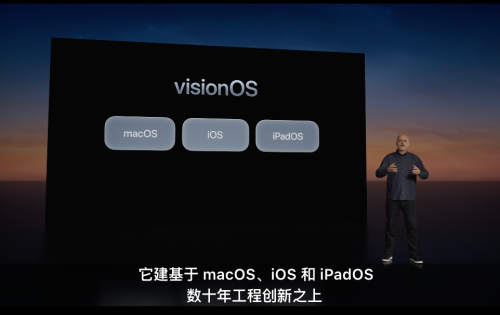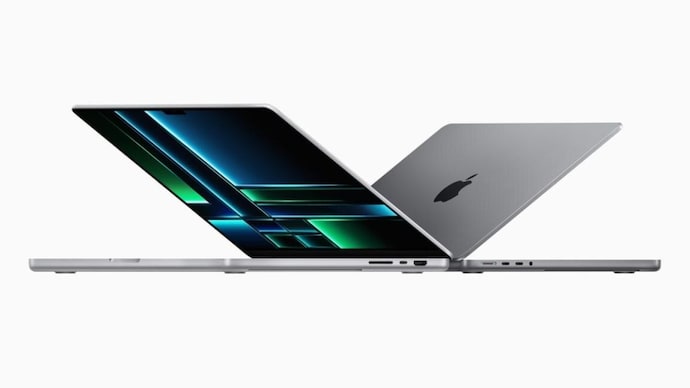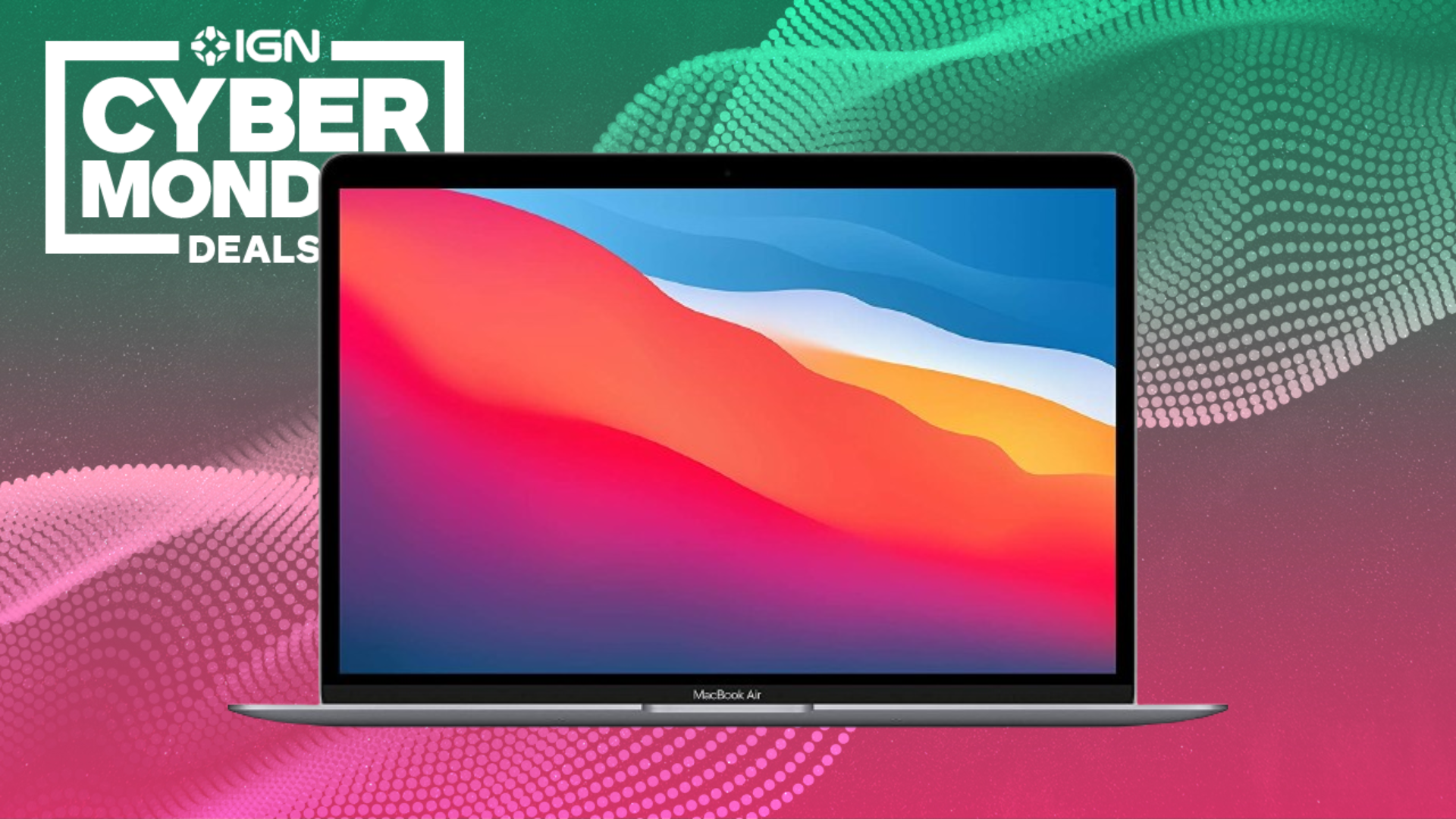
Unveiling the Evolution of Mac – Exploring its Impact on Technology
In a world brimming with technological advancements, Mac has emerged as a titan in the computing industry. The innovative features, sleek designs, and user-friendly interfaces have made it a favorite among both casual users and professionals alike. Over the years, Apple’s commitment to quality and performance has placed the Mac at the forefront of personal computing and creative endeavors. Let’s dive deep into the aspects that make Mac unique, including its architecture, innovations like M4, and the overarching influence of the AAPL Company.
Mac

The Mac is not just a computer; it’s a cultural phenomenon that has significantly influenced how we engage with technology. From its inception in the early 1980s to the present day, Apple’s flagship product line has undergone remarkable transformations, setting trends in design and functionality that have been emulated across the tech landscape.
A Historical Perspective
When the first Mac was introduced by Apple, it marked a pivotal moment in the history of personal computing. The graphical user interface (GUI) was revolutionary at the time, allowing users to interact with their computers in ways that were previously unimaginable. Unlike other machines that relied heavily on command-line inputs, the Mac made computing accessible to the masses.
Over the decades, the Mac continued to evolve. Each iteration brought along enhancements that captivated users: faster processors, increased memory capacity, and refined operating systems. The transition from hardware that relied on floppy disks to solid-state drives epitomized Apple’s dedication to innovation. This evolution has not only cemented the Mac’s status as a premium product but has also created a loyal customer base that appreciates the blend of power and elegance.
Design Philosophy
Apple’s design philosophy revolves around simplicity and functionality. The Mac stands out for its aesthetic appeal, with a focus on clean lines and minimalist design elements. This approach not only makes the Mac visually appealing but also enhances usability. The unibody construction of the latest MacBook models is a testament to Apple’s commitment to high-quality materials while ensuring durability.
However, the design extends beyond physical appearance. Apple’s software ecosystem is equally integral to the Mac experience. The seamless integration between devices—whether it’s sharing files between a Mac, iPhone, or iPad—creates an unparalleled user experience. In an age where multitasking is essential, the Mac delivers efficiency through features like Mission Control and Split View, allowing users to work more effectively.
The Role of macOS
At the heart of every Mac lies macOS, Apple’s proprietary operating system. More than just a platform, macOS is designed to maximize the potential of the hardware. The operating system boasts a rich suite of applications tailored for creativity, productivity, and leisure.
With regular updates, macOS continually introduces new features that enhance security and performance. Notable tools such as Safari’s Intelligent Tracking Prevention and Gatekeeper safeguard users’ privacy, reinforcing Mac as a robust choice in an era where data breaches are rampant.
Furthermore, each version of macOS draws inspiration from user feedback and advances in technology, demonstrating Apple’s responsiveness to its audience. Features like Dark Mode and the redesigned control center showcase Apple’s commitment to user customization, making the Mac not just a tool for work, but also a platform for personal expression.
The Future of Mac
As we look towards the future, the Mac appears poised to maintain its leading position in the computing world. With Apple investing heavily in research and development, we can expect groundbreaking innovations that will further refine the Mac experience. The growing emphasis on sustainability and energy efficiency could lead to even more eco-friendly designs, aligning with global efforts toward responsible consumer electronics.
The upcoming developments in artificial intelligence and machine learning suggest that the Mac will increasingly incorporate smart features that adapt to individual user needs. Imagine a Mac that learns your preferences over time, offering proactive suggestions for workflows and automating repetitive tasks.
In conclusion, the Mac is a powerful reflection of Apple’s dedication to innovation, user experience, and design excellence. Its historical significance, combined with an eye towards the future, ensures that it will remain central to the discussion about personal computing for years to come.
M4

The introduction of the M4 chip marked a significant milestone in the evolution of the Mac. This transition to Apple Silicon represented not just a change in hardware but a complete reimagining of what a computer could be. With the M4, Apple has once again shown why it remains at the cutting edge of technology.
Understanding Apple Silicon
Apple’s decision to develop its own chips stems from a desire to create a tightly integrated system that optimizes performance while reducing power consumption. The M4 chip builds upon the foundation established by its predecessors, the M1 and M2 chips, pushing the boundaries of processing capabilities.
The M4 chip uses advanced 5-nanometer technology, which allows for greater transistor density. This results in improved speed and efficiency, enabling the Mac to handle demanding applications while consuming less power. As a result, users can experience longer battery life without sacrificing performance—a critical factor for those engaged in resource-intensive tasks like video editing or graphic design.
Performance Enhancements
One of the most notable advantages of the M4 chip is its architecture. Featuring a unified memory system, the M4 allows for quicker access to data, enhancing overall responsiveness. Applications load faster, and multitasking becomes seamless, a dream for anyone juggling multiple projects.
Moreover, the M4 chip integrates neural engines that empower machine learning tasks. This capability opens up new avenues for developers, who can leverage AI to create more sophisticated applications. Whether it’s improving photo editing software or developing enhanced voice recognition systems, the M4 chip is set to redefine performance standards for the Mac.
Graphics and Gaming
Historically, the Mac has been overshadowed in the gaming realm by Windows-based PCs, primarily due to hardware limitations. However, the advent of the M4 chip brings significant advancements in graphics processing. The integrated GPU provides unprecedented performance for rendering detailed visuals and smooth frame rates—important factors for gamers and creatives alike.
With the ability to run demanding games and graphics-intensive applications smoothly, the Mac may carve out a niche in the gaming market. Coupled with Apple Arcade, this could mark a turning point where Mac becomes a preferred platform for gaming enthusiasts seeking a seamless experience.
Compatibility and Ecosystem
Another vital aspect of the M4 chip is its compatibility with the broader Apple ecosystem. With a diverse range of devices, including iPhones and iPads, Apple has positioned itself to offer a cohesive experience across platforms. The synergy between software and hardware creates an environment where users can fluidly switch between tasks.
For example, features like Universal Control allow users to navigate seamlessly between a Mac and an iPad using the same mouse and keyboard. This level of integration not only boosts productivity but also highlights the strength of Apple’s ecosystem—the more you use these devices together, the more they enhance each other’s capabilities.
In summary, the M4 chip exemplifies Apple’s commitment to innovation. By prioritizing performance, efficiency, and a deeply integrated ecosystem, Apple has managed to create a computing device that meets the demands of modern users while paving the way for future advancements in technology.
AAPL Company
The story of Mac cannot be told without acknowledging the profound impact of the AAPL Company. Apple Inc., founded in 1976, has grown to become one of the most valuable companies globally, and its influence extends far beyond the tech sector. The decisions made by the company have shaped the trajectory of computing and consumer electronics.
Corporate Philosophy and Innovation
At the heart of the AAPL Company is a philosophy centered on innovation. Steve Jobs, one of the co-founders, instilled a sense of creativity and forward-thinking that continues to resonate within the organization today. The commitment to quality, design, and user experience sets Apple apart from its competitors.
This corporate ethos has led to transformative products, including the iPhone, iPad, and of course, the Mac. Each product launch is met with excitement and anticipation, as consumers trust that Apple will deliver something novel and impactful. This relationship between the company and its customers fosters brand loyalty that few organizations can achieve.
Market Strategy and Branding
The success of the AAPL Company is not merely about the products it offers; it’s also about how those products are marketed. Apple has mastered the art of storytelling, creating narratives around its products that resonate with consumers. The marketing strategies employed during product launches generate buzz and excitement, elevating the Mac and other devices to iconic status.
Additionally, Apple’s pricing strategy reflects its brand positioning. The Mac is often seen as a premium product, and the company does not shy away from charging a premium price. However, consumers are willing to pay, as they associate the higher price with superior quality and a better overall experience. This perception reinforces Apple’s status as a leader in the tech industry.
Global Influence and Sustainability
As a major player in the global economy, the AAPL Company has a responsibility to address social and environmental issues. Apple has made significant strides in recent years toward sustainability, pledging to become carbon neutral by 2030. This commitment not only enhances the company’s reputation but also aligns with the values of environmentally conscious consumers.
Moreover, Apple emphasizes ethical sourcing of materials and responsible labor practices in its supply chain. By addressing these critical issues, the AAPL Company sets an example for others in the industry, showcasing that profitability and social responsibility can coexist.
The Future of AAPL Company
Looking forward, the AAPL Company is well-positioned to continue its legacy of innovation. With the tech landscape constantly evolving, Apple is likely to explore new opportunities in areas such as augmented reality, healthcare technologies, and artificial intelligence.
Moreover, the ongoing development of its silicon chips suggests that Apple will continue to push the envelope in terms of performance and efficiency. As emerging technologies reshape our world, it’s clear that the AAPL Company and its products, particularly the Mac, will play a crucial role in shaping the future of computing.
In conclusion, the AAPL Company stands as a formidable force in the technology arena, driving the evolution of the Mac and establishing a blueprint for future innovation across various sectors. The interplay between corporate philosophy, branding, and social responsibility will ensure that Apple remains a key player in shaping the future of technology.
Conclusion
The journey of the Mac from its humble beginnings to its current state as a powerhouse in computing encapsulates the essence of innovation and design. With the introduction of the M4 chip, Apple has elevated its flagship product to new heights, demonstrating an unwavering commitment to performance and user experience. The legacy of the AAPL Company forms the backbone of this success, influencing not only the tech industry but also setting benchmarks for corporate responsibility and sustainability.
As we look to the future, the potential for the Mac appears boundless. With advancements in technology, changing consumer behaviors, and a relentless drive for innovation, Apple is poised to continue leading the charge in personal computing. Whether you’re a long-time user or considering your first purchase, the Mac represents more than just a computer—it symbolizes a lifestyle anchored in creativity, efficiency, and connectivity. The evolution of the Mac is far from over, and its impact on technology and society will undoubtedly leave a lasting mark.




